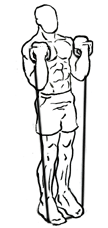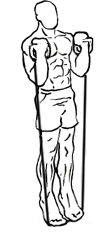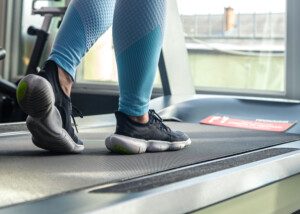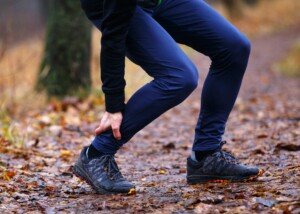Cankles — is there any hope for those who suffer from these?
In some cases of cankles, there’s actually some hope. The word cankles is a fusion of “calf” and “ankles.”
Cankles are legs where there is no clear-cut distinction between calf and ankle. The result is a straight lower leg, no shape or curves.
Before you assume cankles only happen to overweight women, this is wrong.
Thin women can have cankles, due to lack of muscle development.
• Cankles can result by insufficient muscle mass in the calf.
• Another cause of cankles: fluid buildup in your ankle from heavy salt or sodium intake.
• And yet another cause of cankles: fluid buildup in your ankles from pregnancy or more serious disease such as heart failure.
• Cankles can also be caused by too much fat, which finds its way into the ankle and lower calf.
Thus, they can be present on thin legs, medium and fat legs.
As a former personal trainer, I once worked with a 14-year-old who had a prominent case, even though she was slender. She had relatively big, long calves that merged with the ankles.
I’ve also seen cankles in teenage boys who didn’t work out. Their calf muscles “drooped” or sagged into the ankle area.
Cankle Solutions
This depends on the cause of your cankles. Losing weight, if you are overweight, will help, if the cause of your cankles is primarily fat in the lower leg.
But don’t confuse fat with edema or fluid that results from excess sodium or a medical condition.
You may want to see your doctor to rule out, if possible, a medical cause (of the edema).
Is your diet very high in sodium? Read labels of your packaged and canned foods.
For instance, a can of green beans may have 400 mg of sodium PER SERVING, but there are three “servings” in just one can.
If you eat the whole can, that’s a whopping 1,200 mg of sodium for just one helping of vegetables. Total daily sodium should not exceed 2,000 mg.
The high end of intake is 2,500 mg. Sodium adds up quickly and easily. READ food labels, including on jars, bottles and frozen dinner boxes.
More Cankle Solutions
Not enough muscle mass can be a cause, as mentioned. Do calf building exercises to increase the size of the calf.
This will make this area more distinct and reduce that merging appearance into your ankle.
Calf raising exercises will also help lift calves somewhat, drawing them up “higher” from your ankles, reducing that merging effect.
Be patient with all calf exercises, as they are notorious for taking a long time to bring results. Below are illustrations of some exercises.

Calf raise with a tension band, start position.

Calf raise with a tension band, up position.

Calf raise machine, start.

Calf raise machine, up position.
Include high stepping exercises, fast running and hard cycling in addition to using calf-raising equipment at a gym.
Another option is liposuction. This can actually yield really good results – – but not all the time; sometimes the results are only mild. Yes, surgeons do perform liposuction on cankles.
The surgeon should be board certified (not board “qualified”) in cosmetic surgery.
Wearing high heels will lift your calf muscle (only while wearing the heels), but be sure you don’t sacrifice comfort and risk damaging the feet and toes in the process.










































